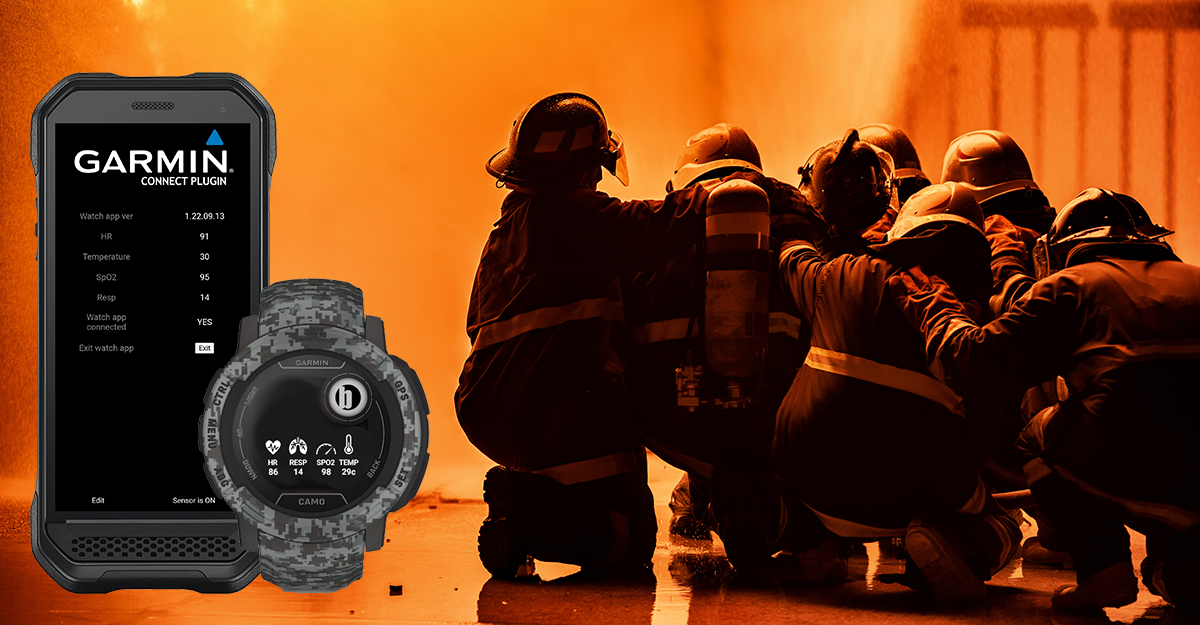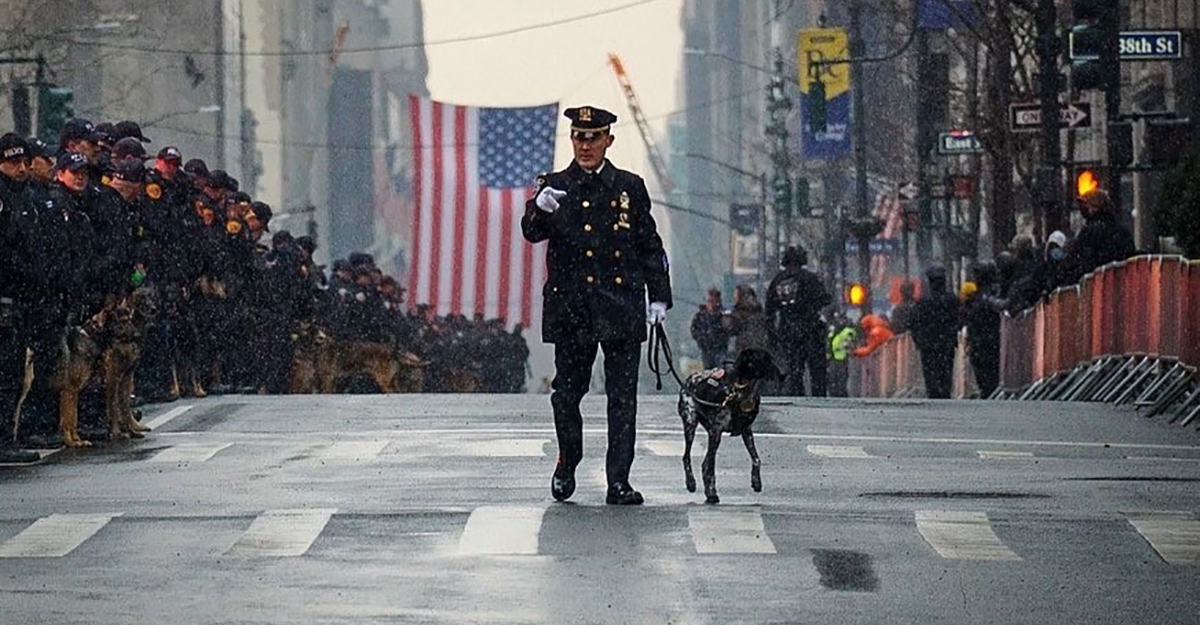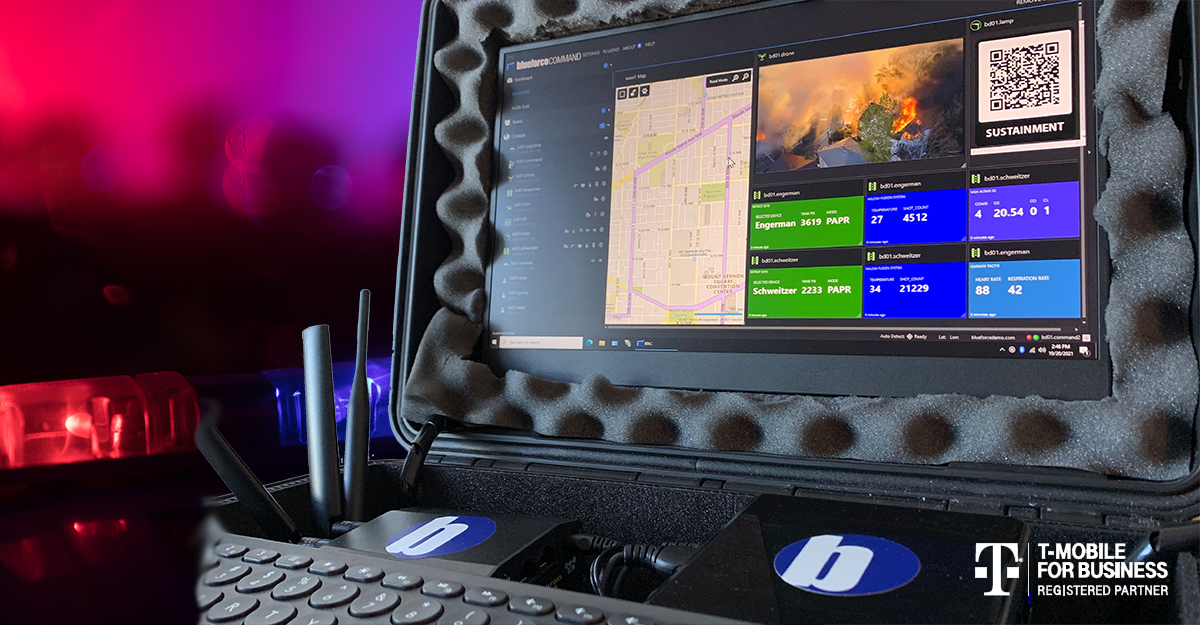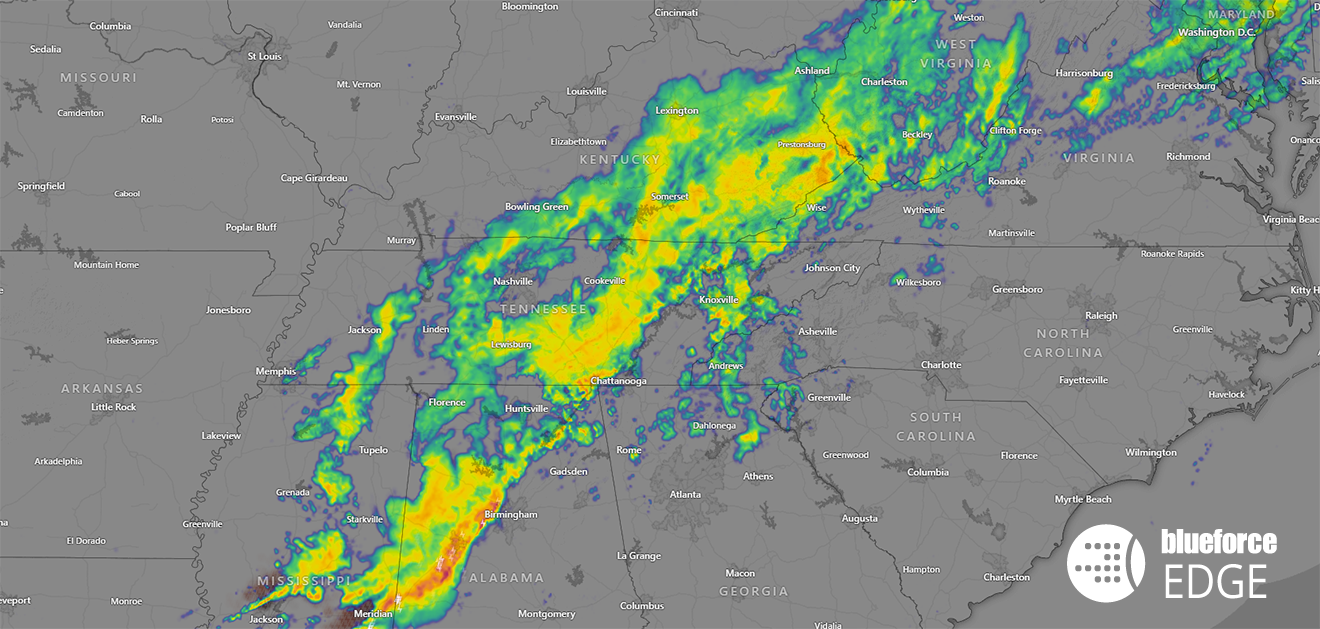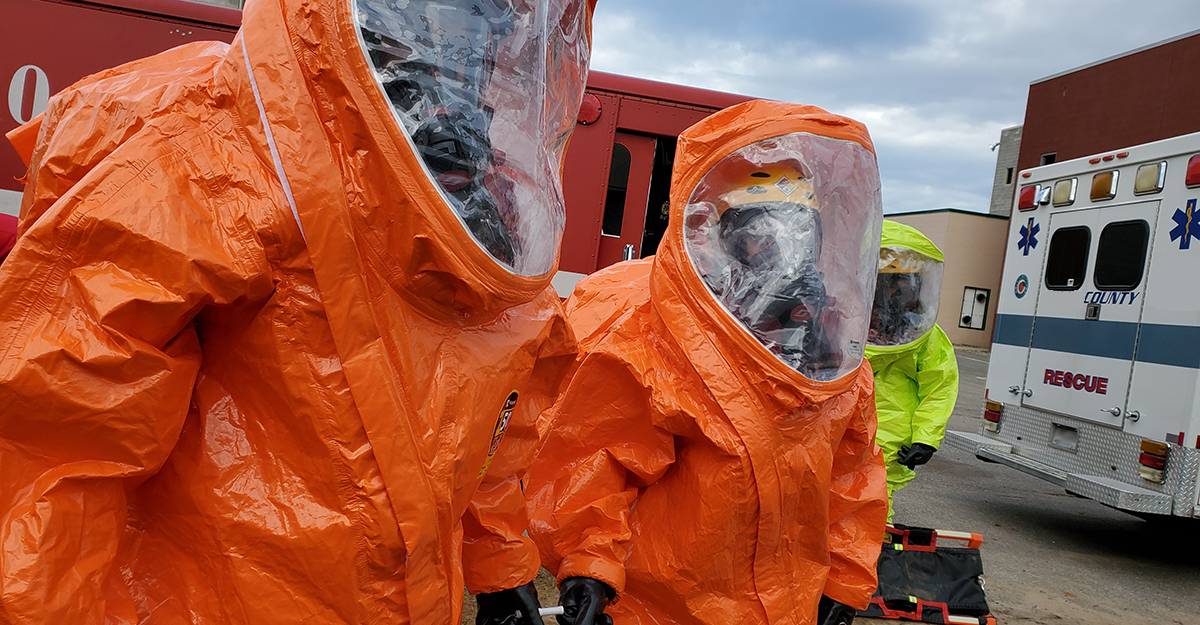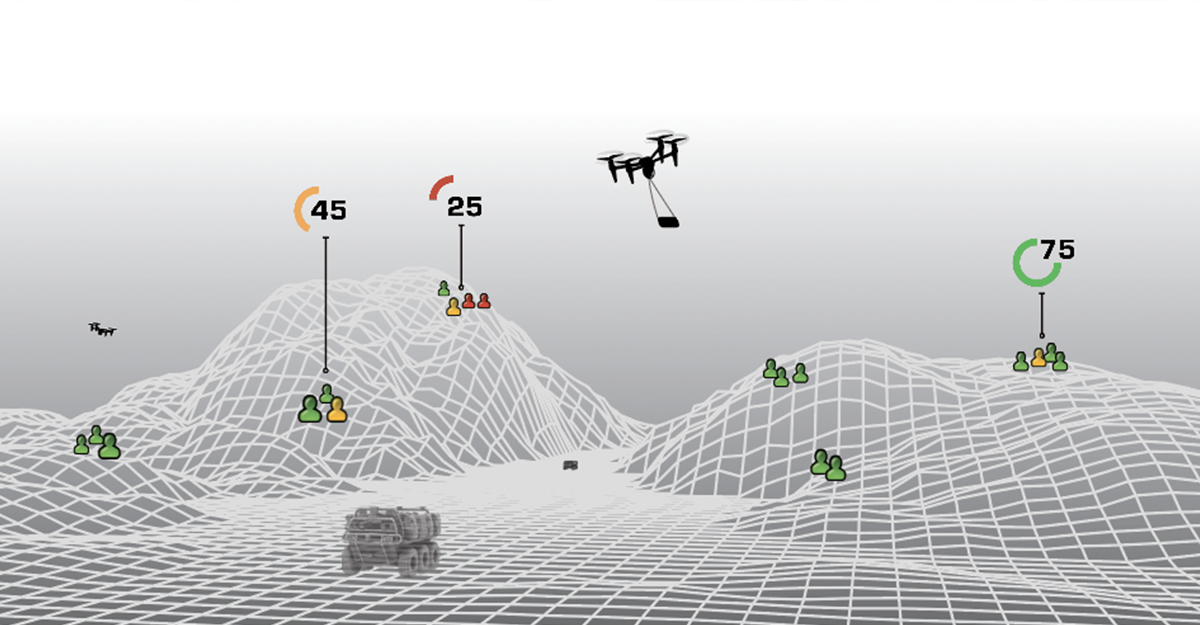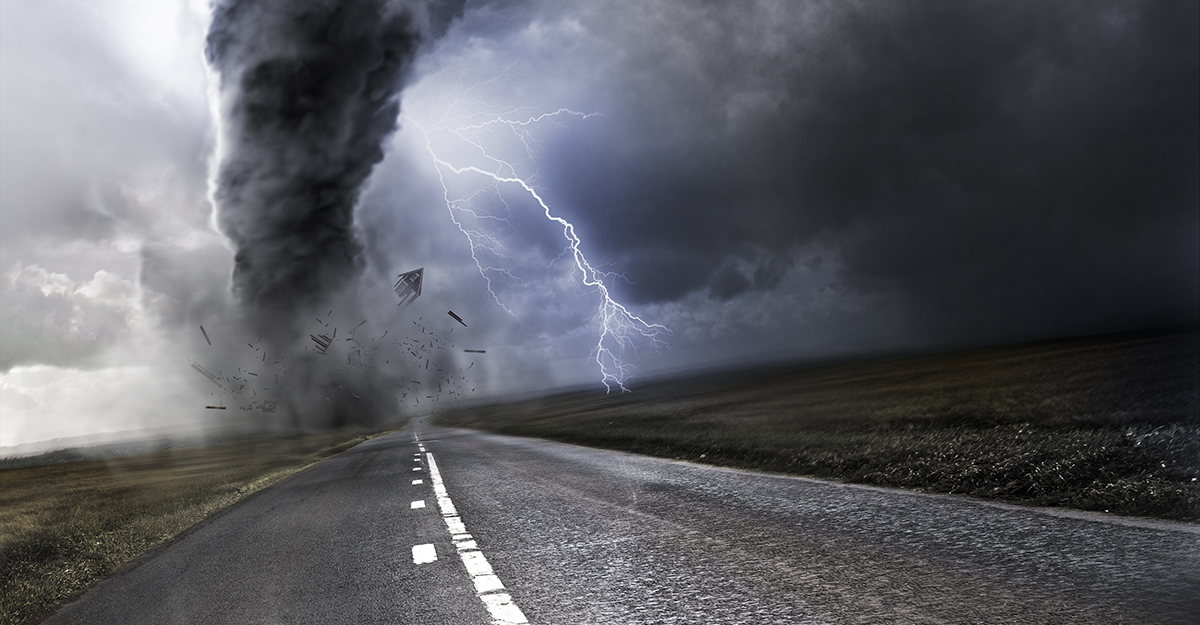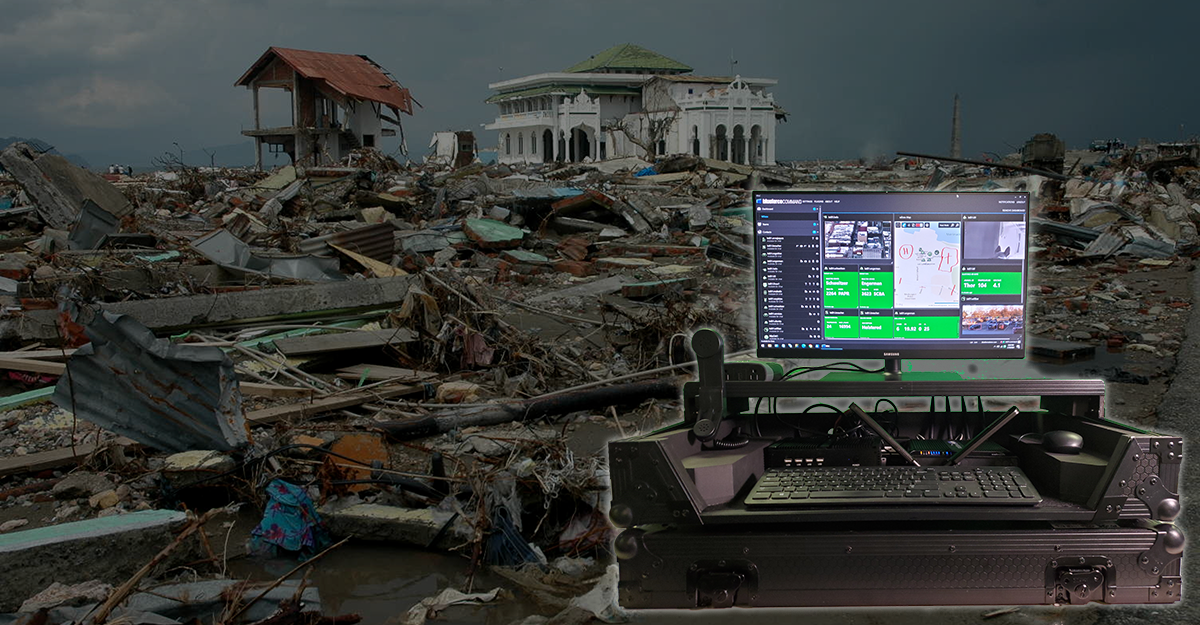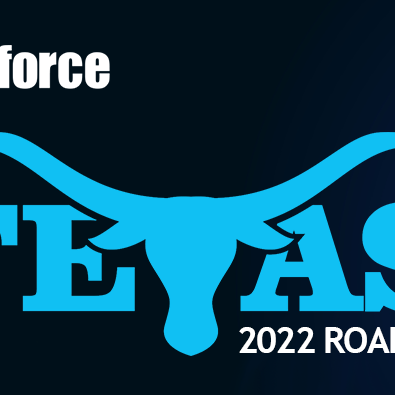The internet of things (IoT) is revolutionizing the way we live and work. By connecting devices and sensors to the internet (and/or our private networks), we are able to collect and analyze incident and environmental data like never before. This data can be used to cue and orchestrate various actions and processes, which in turn enhances operational efficiency while positively impacting life safety. IoT V1 was...
Read MoreThe 2022 Blueforce Texas Road Show
The 2022 Blueforce Texas Road Show gives you hands-on access to the latest in Public Safety, Safe Campus, and Autonomous Platform technologies. The Road Show kicks off Tuesday October 11, 2022 in Houston. For more information, click here…



